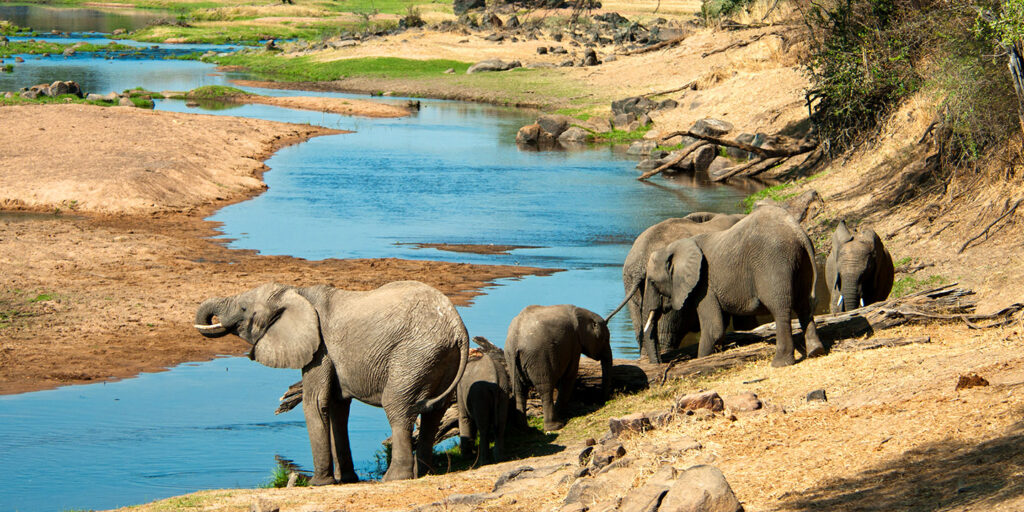TANZANIA DESTINATIONS
RUAHA NATIONAL PARK
Highlights
One of Tanzania’s few well-known wilderness areas, Ruaha National Park offers a unique opportunity for animal viewing that is complemented by an amazing environment. The Greater Kudu, which is unique to this national park, is one among the many species of plants and animals that may be found there. The park’s nearly unknown nature makes for a really special safari experience for visitors.
The Great Ruaha River serves as the park’s lifeline, along with rivers like Mwagusi, Jongomero, and Mzombe. These rivers primarily serve as the wildlife’s primary source of water during the dry season. There aren’t many natural springs that provide the same function.
Elephants use their front feet and trunks to draw water from dry sand rivers during the driest part of the year. The Great Ruaha River’s remnant waterfalls offer crucial habitats for crocodiles, fish, and hippopotamuses. Book with us for more unforgettable tours
Time to visit Ruaha
The rain forest in Ruaha National Park has a bimodal seasonal pattern, with the short season lasting from November to February and the long season lasting from March to April. With an average annual temperature of roughly 280 degrees Celsius, the annual mean rainfall varies from 500 to 800 millimeters. Between June and October, when the temperature at Msembe headquarters exceeds 350c, the park enters its dry season.

